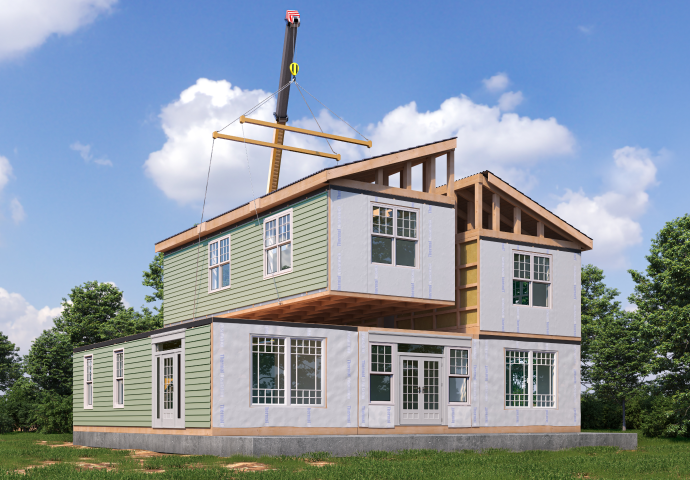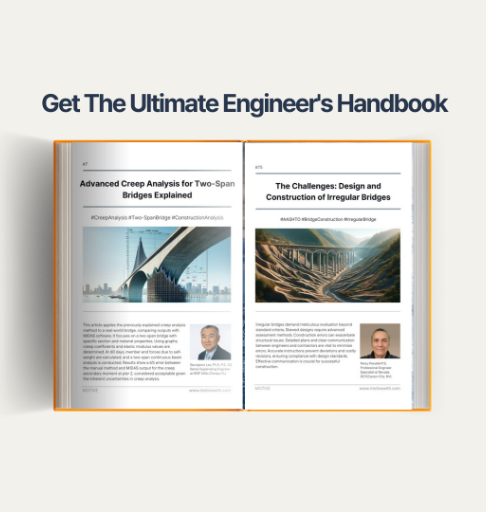(Click the table of contents to navigate to the detailed content)

Intro
What is a sinkhole ?
The Cause of Sinkholes
The World's Top 5 Sinkholes
1. Great Blue Hole, Belize
2. Sima Humboldt, Venezuela
3. Guatemala City Sinkhole, Guatemala (2007)
4. Guatemala City Sinkhole, Guatemala (2010)
5. Xiaozhai Tiankeng, China
Comprehensive Strategies for Sinkhole Mitigation
How to deal with a sinkhole occurrence
Topics
Intro
Sinkholes generally occur in areas where the ground is composed of limestone. For example, in the state of Florida in the United States, where the bedrock is predominantly limestone, there were around 500 sinkhole occurrences in just one year in 2022.
However, recently there has been a global increase in the occurrence of sinkholes in urban centers of major cities that are not composed of limestone ground. For instance, sinkholes are appearing in locations closely associated with citizens' daily lives, such as near Nak-san Beach in South Korea in 2022, where convenience store buildings collapsed, threatening the daily lives of residents.

Sinkhole occurred in South Korea (August 2022)
What is a sinkhole ?

A sinkhole is a compound word formed by "sink" and "hole".
As seen in the picture above, a sinkhole refers to a phenomenon where the ground sinks deeply, creating a large hole. Engineering-wise, it's a type of ground subsidence where stress within the ground supporting the upper layers decreases due to various causes, leading to the formation of voids within the ground and resulting in a sudden collapse of the surface layer.
The Cause of Sinkholes
The causes of sinkholes can be broadly categorized into two types, both related to groundwater.
Cause 1: When the rock formations constituting the ground are composed of materials like limestone, salt, or carbonate, which can dissolve in water, groundwater can dissolve these rocks, creating void spaces within the strata.
If the water level in the underground that was filling these void spaces decreases, it can lead to a reduction in effective stress within the ground, resulting in collapse.

<Fig.1 Distribution of limestone on the Earth's surface or near the surface>
The image above shows the distribution of limestone bedrock worldwide, and indeed, sinkholes are frequently occurring in those areas.
Cause 2: Excessive groundwater extraction, disturbance of groundwater flow due to construction development projects, leakage from aging water supply and sewage pipes, etc., can cause abrupt changes in natural groundwater flow, resulting in the formation of void spaces and subsequent collapse.

<Fig 2. Pipe Leakage>
As depicted in the image above, sinkholes caused by development projects, leakage from water supply and sewage pipes, and similar factors often occur within human habitation areas.
If a sinkhole occurs, it can result in significant loss of life and property damage.
The World's Top 5 Sinkholes
As seen earlier, sinkholes can occur anywhere, whether in urban or rural areas.
Now, let's explore the sizes of some of the world's major sinkholes.
I believe that through the occurrence and cases of damage caused by these historic large sinkholes, we can develop a sense of awareness about the seriousness of sinkholes and recognize the importance of sinkhole prevention.
1. Great Blue Hole, Belize
A sinkhole with a diameter of 300 meters and a depth of 127 meters, located at a depth of 10 meters underwater.

2. Sima Humboldt, Venezuela
A sinkhole located on the Bolívar Plateau in Venezuela, with a diameter of 352 meters and a depth of 314 meters.

3. Guatemala City Sinkhole, Guatemala (2007)
A sinkhole that occurred in the city of Guatemala, with a diameter of 20 meters and a depth of 100 meters. During the sinkhole collapse, five people died, and approximately 1,000 nearby residents were evacuated.

4. Guatemala City Sinkhole, Guatemala (2010)
Another sinkhole that occurred in Guatemala, with a diameter of 20 meters and a depth of 100 meters. During the collapse, a three-story building collapsed entirely into the sinkhole, resulting in the death of 15 people.

5. Xiaozhai Tiankeng, China
The largest sinkhole in China, consisting of two consecutive occurrences on the same stratum.
It has an entrance diameter of approximately 550 meters and a total depth of 662 meters.

Comprehensive Strategies for Sinkhole Mitigation
Due to variations in regional characteristics and conditions from one country to another, there is no single solution for preventing sinkholes.
However, the following measures are being discussed for early detection and prevention of sinkholes.
1. Sinkhole Detection through Ground Monitoring
This involves the use of high-resolution satellite imagery, radar, and groundwater monitoring equipment to detect early signs of abnormalities in the ground, thereby preventing sinkholes.
For example, radar can be used to monitor fluctuations in groundwater levels to predict sinkhole formation in advance. Alternatively, acoustic signals resulting from precursory signs of ground collapse can be detected early using fiber optic sensors, minimizing damage from sinkhole occurrences.
2. Infrastructure Maintenance
Consistently inspecting and enhancing maintenance policies for public infrastructure such as roads, bridges, underground pipes, and sewage systems minimizes the risk of sinkhole formation.
This is particularly crucial in cities with a significant amount of aging infrastructure.
For instance, in Tokyo, Japan, the "Tokyo Metropolitan Sewerage Business Management Plan 2016" was established and implemented as a five-year plan aimed at reconstructing sewage pipes with significant relevance to ground weakening and road subsidence incidents in 2016.
3. Underground Space Management
Strict regulations on construction and development activities underground, along with strengthened criteria for assessing the stability of underground spaces, are essential. Particularly in areas sensitive to changes in groundwater levels, careful consideration of underground space utilization is necessary.
How to deal with a sinkhole occurrence
As seen earlier, prevention is the best approach when it comes to sinkholes.
There isn't much we can do once a sinkhole has occurred.
However, it's still important to be aware of case-specific measures to increase your chances of survival if a sinkhole does occur.
Case 1: Just Before a Sinkhole Occurs
- Avoid areas where the asphalt appears uneven or sunken.
- Steer clear of roads that are wet or suddenly spurting water, especially when it hasn't been raining.
- Stay away from areas near construction sites where cracks or changes in elevation occur on the road.
Case 2: When a Sinkhole Occurs Nearby
- Do not approach the sinkhole for any reason, such as taking pictures, as additional collapse may occur. Instead, move to a safe distance as much as possible.
- Avoid entering nearby buildings as they may also be affected and collapse due to the sinkhole.
- If you deem yourself to be at a safe distance from the hazardous area, contact national emergency centers or disaster support centers to report the incident.
Case 3: When Falling into a Sinkhole
- Do not try to escape by grabbing the edges of the hole. It is safer to wait for rescue with your head protected, as there is a risk of further collapse.
- Be cautious not to touch areas near puddles of water inside the sinkhole, as underground electrical lines and water pipes may be intricately tangled.
Topics
#GeotechnicalEngineering
#CivilEngineering
#Infrastructure
#Getmotivated
/Sungjin%20Jo%20240_240.png)
Hello. My name is Sungjin Jo.
I majored in Civil Engineering and currently oversee operations at MOTIVE site.
Through MOTIVE, I aspire to bridge the gap between juniors thirsty for practical knowledge and seniors eager to showcase their expertise.
I hope all engineers find happiness through technology at MOTIVE.
※ Click on the keywords below 'Topics' to view related content.






/%EC%A0%84%EA%B7%9C%EC%8B%9D.jpg)


